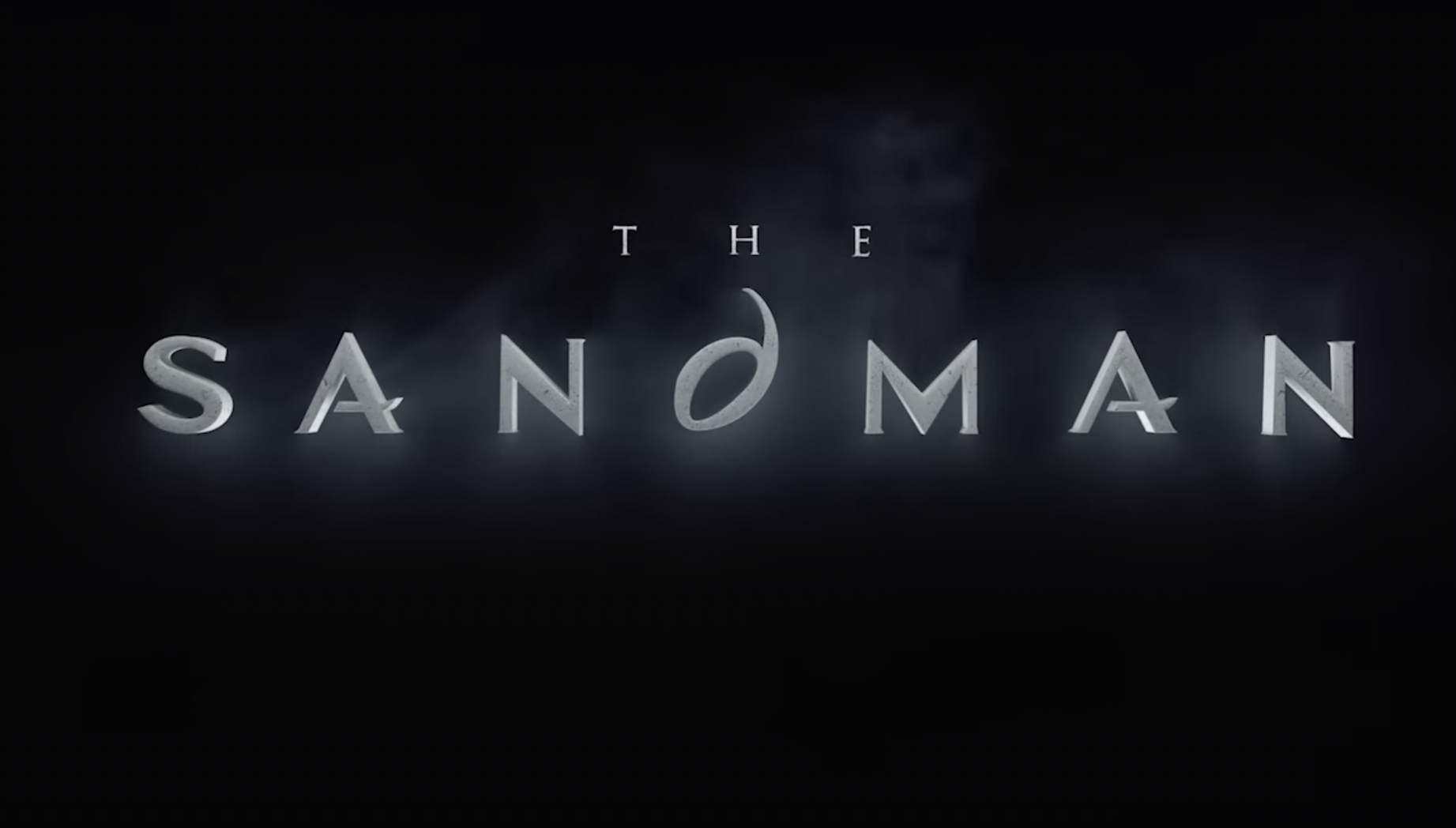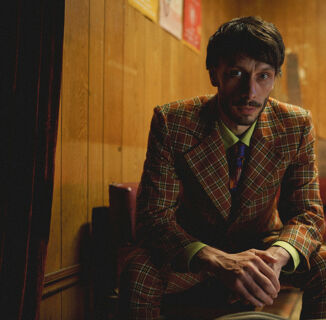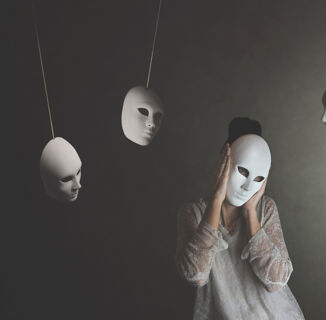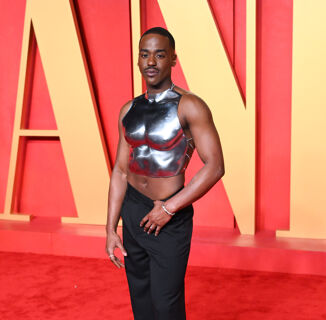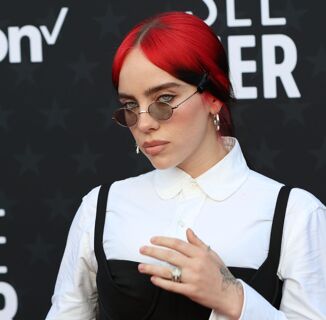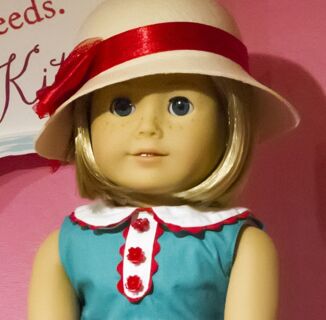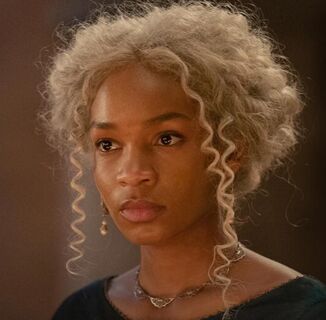The highly anticipated live-action adaptation of The Sandman debuted last week on Netflix, bringing with it a slew of LGBTQ+ representation. But while The Sandman was a pioneer of queer stories in its day, the question on everyone’s mind was whether these characters would translate well into 2022? Viewers now have a lot to say.
The Sandman is an early 90s fantasy comic book series that launched the career of Neil Gaiman (Coraline, American Gods) and earned a passionate cult following in the ensuing years. The story follows Dream (played by Tom Sturridge)—an immortal being who (as his name implies) is the master of dreams, stories, and unreality. Dream is on a quest to restore his domain after a century-long imprisonment, and he must face down the madness of a world that has not dreamed for 100 years. Along the way, he encounters other conceptual personifications, like himself, many of whom are not bound by human constraints like gender and sexual norms.
In the 90s, the mere inclusion of LGBTQ+ characters was staunchly controversial. Gaiman explains in a conversation with The Queer Review, “I remember getting a very grumpy letter from the ‘Concerned Mothers of America’, informing us that due to the number of gay characters in The Sandman they would be boycotting us and we had to repent. We never repented and the sales just went up, and up, and up”.
But even thirty years later, there was no guarantee that the controversy had abated. When the casting was first announced back in June, some so-called “fans” threw a tantrum. Their problem: Desire would be portrayed as nonbinary by nonbinary actor Mason Alexander Park and Death (who was drawn as white in the comics) would be played by Black actor Kirby Howell-Baptiste.
I give all the fucks about the work. I spent 30 years successfully battling bad movies of Sandman.
I give zero fucks about people who don't understand/ haven't read Sandman whining about a non-binary Desire or that Death isn't white enough. Watch the show, make up your minds. https://t.co/KcNzap8Kt4
— Neil Gaiman (@neilhimself) May 29, 2021
Gaiman handily shut these trolls down on Twitter. Responding to a user who claimed that Gaiman gave zero fucks about the project, he clapped back, “I give zero fucks about people who don’t understand/ haven’t read Sandman whining about a nonbinary Desire or that Death isn’t white enough.”
As for how the LGBTQ+ representation has manifested now that the show is out, the reaction has ranged from pleasant surprise to outright thirst.
desire slayed so hard in the sandman and i’m so happy to see a non-binary character with a non-binary actor <3 pic.twitter.com/60pbDffBjR
— reia (@morphendius) August 7, 2022
be gay do crime pic.twitter.com/jW2whSpxLO
— ً (@DIOPBRASILEIRA) August 6, 2022
No one does "Centuries of gay romantic pinning" quite like Neil Gaiman does #TheSandman #GoodOmens pic.twitter.com/u6hVzn5sDD
— Envil 𖤐🏴☠| 🌙NEIL GAIMAN IS MAGIC✨#RenewSandman (@darkwillowz) August 8, 2022
LOVE how almost everyone in Sandman is gay not ONE straight person in sight.
— Yan⁷ of the Endless 11 DAYS LEFT🥂⌛✨ (@MJJoyceCrowley) August 5, 2022
a série The Sandman é assim#TheSandman pic.twitter.com/y8fnk88aW3
— vampnessa (@frnkbouvier) August 8, 2022
The Sandman writing team #Sandman pic.twitter.com/ww3Aa97aDp
— 𝓴𝓪𝓻𝓮𝓷𝓸𝓯𝓱𝓸𝓾𝓼𝓮𝓽𝓪𝓻𝓰𝓪𝓻𝔂𝓮𝓷 (@karentargaryen) August 7, 2022
Gaiman’s inspiration for the queer characters was his real-life friends, whom he felt deserved representation in media, even in the 90s. “When I was writing it, and today, I had gay friends, I had trans friends,” Gaiman told The Queer Review. “I wanted to see them represented in the comics that I was writing. And it felt like to me that if I wrote comics and left them out then I would not be representing my world or the world that I was perceiving accurately, bravely or truly and that was the point of art so for me that was a given.”
Help make sure LGBTQ+ stories are being told...
We can't rely on mainstream media to tell our stories. That's why we don't lock our articles behind a paywall. Will you support our mission with a contribution today?
Cancel anytime · Proudly LGBTQ+ owned and operated
Read More in Entertainment
The Latest on INTO
Subscribe to get a twice-weekly dose of queer news, updates, and insights from the INTO team.
in Your Inbox

